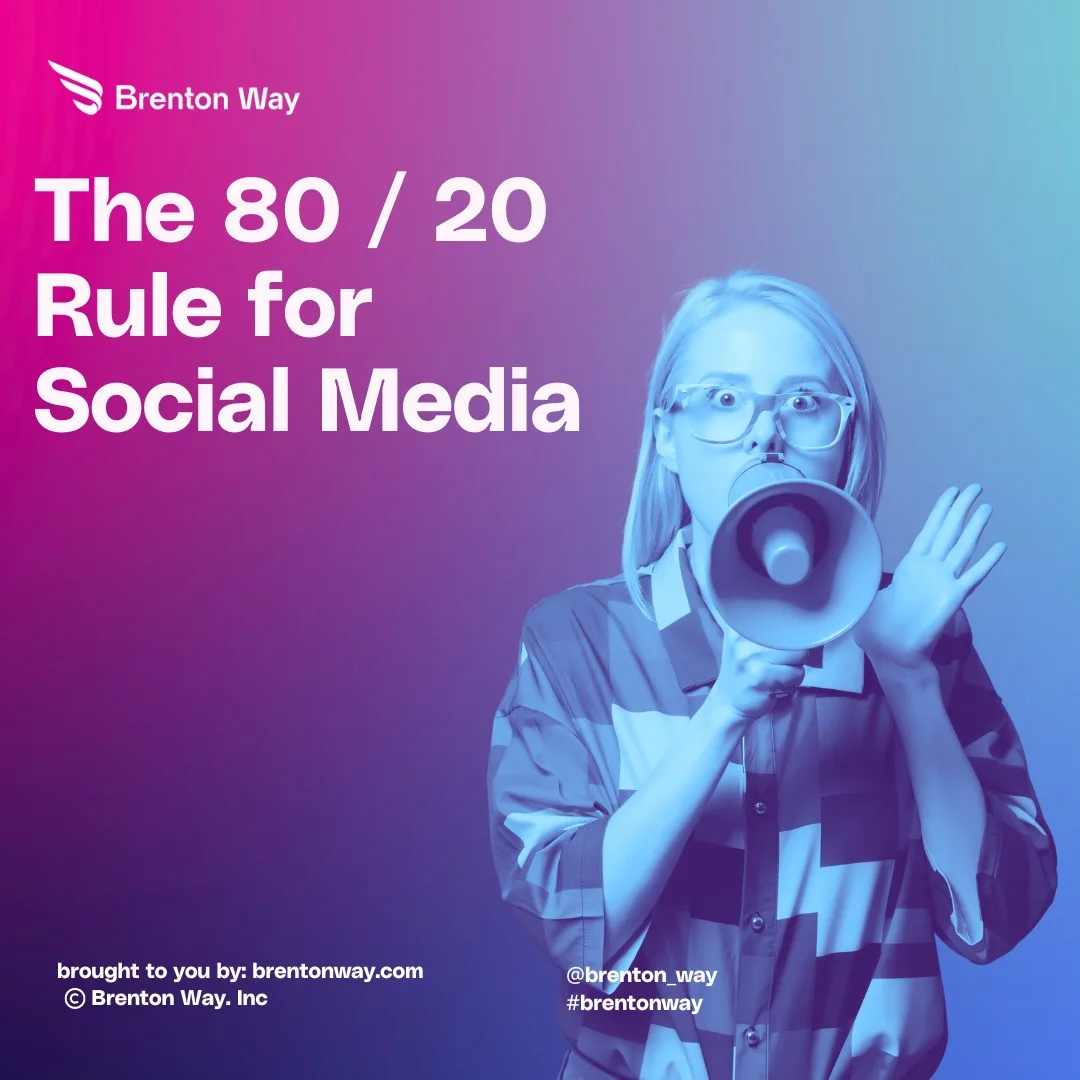
Today is the day that you launch that new marketing campaign. Everyone is excited. This is really going to drive demand and create leads and developing sales funnel for your B2B company. The ebook is written and produced with its PDF poised to be downloaded. It is itching to be downloaded. Every time someone clicks […]

Today is the day that you launch that new marketing campaign. Everyone is excited. This is really going to drive demand and create leads and developing sales funnel for your B2B company.
The ebook is written and produced with its PDF poised to be downloaded. It is itching to be downloaded. Every time someone clicks the big red download button, the ebook has fulfilled its purpose. Or wait, should that button be blue? Or green?
The blog posts are drafted and ready to publish the same with the social posts, emails, and landing pages. You are even talking about a webinar and a podcast, plus lots of visual content for Instagram, Pinterest, Slideshare, and an infographic. Your influencers are lined up to help amplify your reach. You even considered a Snapchat takeover.
This is a full-on, all-out, integrated campaign driven by relevant content to your target audience based on your personas’ pain points. If there were a giant switch in a secret backroom laboratory of the office—just like the one Dr. Frankenstein uses to bring his monster to life—and you could throw the switch to launch it all, you would. But there isn’t. Everything needs to be scheduled and launched using a variety of tools over a period of several weeks, rather than barfed out all at the same time.
So you do that, and out it goes. And goes and goes.
Now you start monitoring for that big spike in interest, and you continue to watch how the content builds to drive downloads and marketing-qualified leads. You’ve set your goals for this campaign, but you seem to be missing your weekly and monthly goals of downloads and leads generated. These goals were based on improving the results of your last campaign by 10 percent. That’s a big increase without any significant changes to the campaign, but better than the 20 percent your boss asked for initially. Consider evaluating the marketing tools for your next campaign to optimize performance and achieve your targets.
Dread turns to anxiety, and anxiety turns to panic. Once the adrenaline starts coursing through your body, you are unlikely to make the right decisions. This is a physiological response that results in one of two survival techniques: fight or flight. Neither seems like an appropriate strategic response for a B2B marketer in this situation.
If you really are panicked about not generating enough leads from this new campaign, the first thing you need to do is take a deep breath. It is more important now than ever to put your strategic hat on. You may think this is a metaphor, but if you really are panicked, putting an actual hat on will help. Too many marketers get caught up in the tactics, especially at times when we need to fall back on our strategies. And a hat can really help with that focus.
Unless this is your first fully integrated content campaign, you should have some metrics from a previous campaign to measure performance against. If you do and the new campaign is not tracking the same way as the benchmark one, try to isolate the differences. This is where all the elements of content strategy come into play.
Has the audience changed since your last campaign? Do you know more about them now and how they respond to your content offers, both on an individual level and as a segment?
You should continue to build your audience through your campaigns, as well as learn more about them. Every campaign should be a learning experience where your knowledge builds upon the previous experience, including creating creative ads that resonate with your evolving audience.


